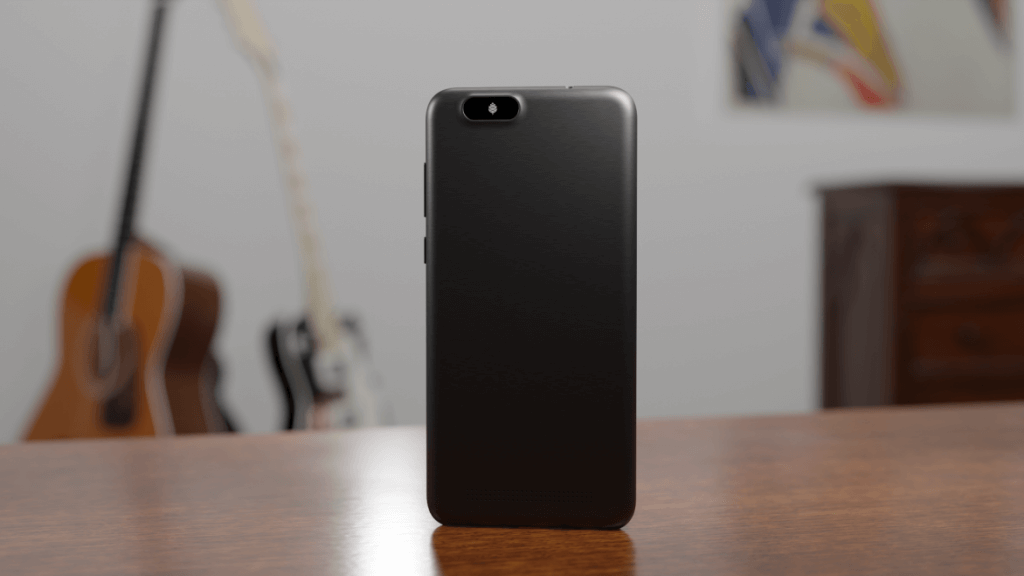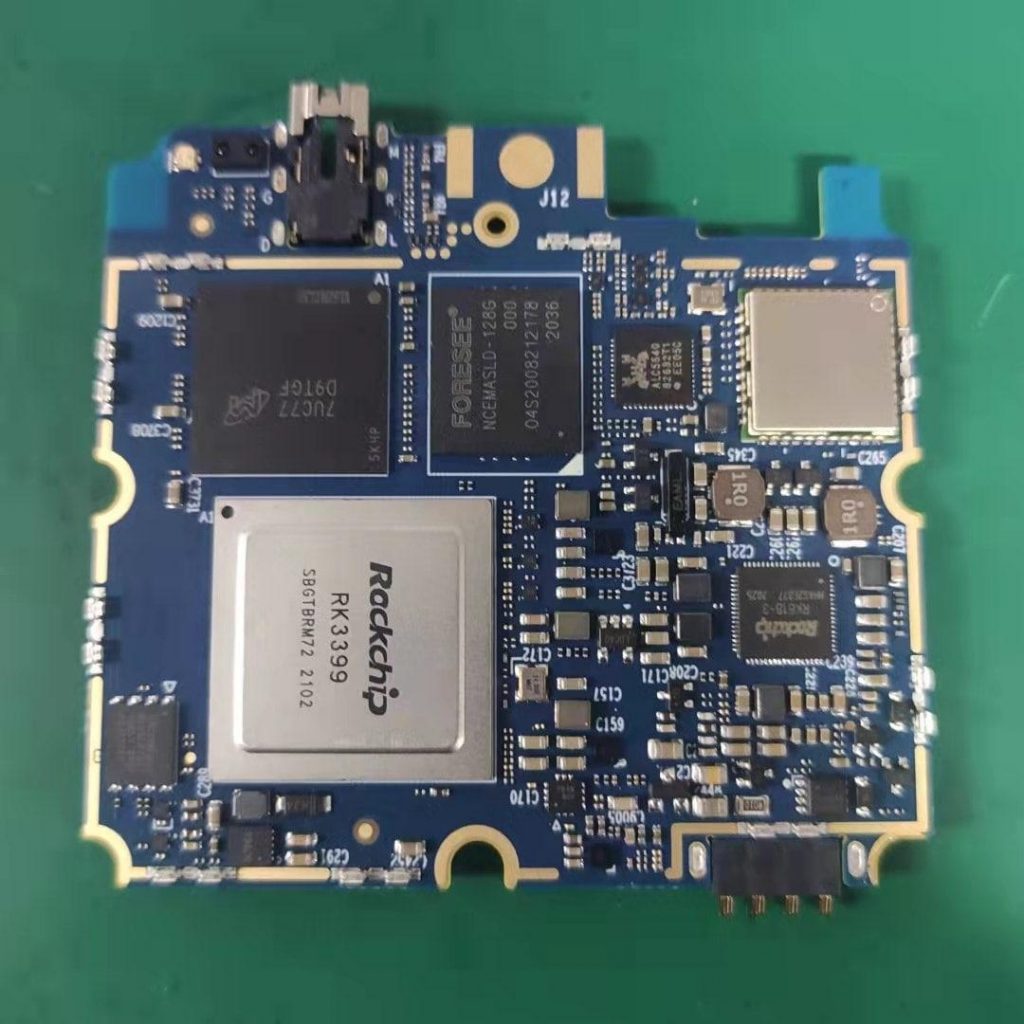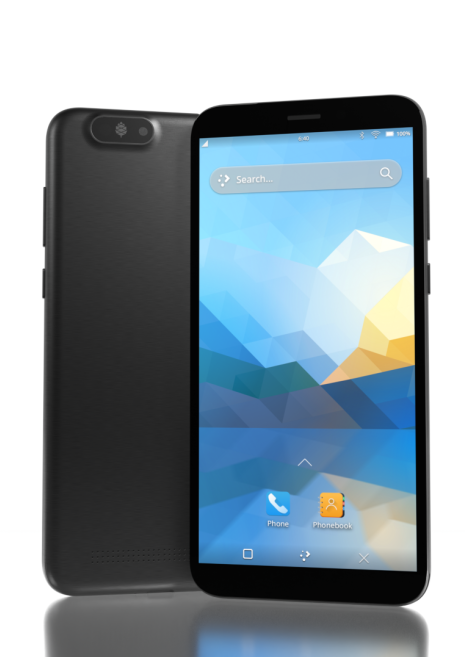Commodore is Back from the Dead!
80s called, and they want you to know that you can pre-order the latest version of the Commodore.


Back in 2019, when Pine64 announced the PinePhone, no one expected it to become as popular. Within just two years, Pine64 has managed to build a community of tens of thousands of developers and users, all working together to make Linux usable on a mobile phone.
Now, Pine64 is widening the audience for Linux phones with the announcement of the PinePhone Pro. This device has many incredible new features, all of which put it on par with many mid-range Android phones.

Compared to the original PinePhone, the PinePhone Pro is a massive upgrade. The most notable of these upgrades is the usage of the Rockchip Hexa-core RK3399S SoC, which should provide a significant performance boost. Some other notable features and upgrades include:
Let us explore more details on that.

By far the most significant upgrade, the inclusion of the RK3399S SoC is the result of a collaborative effort by Pine64 and Rockchip. This impressively powerful SoC packs 6 CPU cores, as well as a quad-core Mali T860 GPU.
This combination delivers significant performance gains, putting the PinePhone Pro in a similar performance bracket to most mid-range Android phones. The result is a much faster system capable of running many desktop-class applications such as GIMP for photo editing and RetroArch for emulation.
Overall, this upgrade will significantly improve the user experience for both developers and consumers.
Considering when smartphones have started to offer 6 GB RAM as the base variants, a Linux smartphone should also use extra memory to keep things smooth. Although a lot of work has gone into optimizing this, more RAM is always beneficial.
The PinePhone Pro offers 4 GB of RAM, allowing greater versatility when docked and a few more open applications when used as a phone. I’m pretty excited about this, as it should enable more games to be emulated, increasing the PinePhone Pro’s appeal as an entertainment device.
One of the biggest challenges I faced with my original PinePhone was the lack of storage. From watching movies to playing emulated games, I constantly had to delete files to have enough storage.
With the PinePhone Pro, however, Pine64 has fixed this, offering it with 128 GB of flash storage, which should be enough for anyone.

While not precisely a sore point of the original PinePhone, the display has been upgraded with the PinePhone Pro to be larger and have Gorilla Glass 4. This is highly welcome, as the phone should now offer significantly improved scratch resistance and more usable screen real estate.
While it would have been nice to see an AMOLED panel, this would have increased the price somewhat, possibly reducing the device’s appeal. Overall, I am happy with this upgrade, and I’m sure many users will be too.
For me, at least, the original PinePhone’s cameras were a pretty big sore point. The primary shooter, which was just 5 MP, was accompanied by a tiny 2 MP front camera, neither of which produced very high-quality images.
The main shooter from the original PinePhone has been moved to the front of the PinePhone Pro. This is paired with a 13 MP Sony sensor capable of 4K video recording and much higher quality images.
Users can finally utilize their Linux smartphones to take photos to share across social media platforms.
This was one of the first questions I asked when I saw the announcement. Unfortunately, it is not feasible to upgrade your PinePhone to a PinePhone Pro mainboard. I think Pine64 explains it pretty well:
While the PinePhone Pro’s mainboard will fit the PinePhone, the chassis, IPS display panel, cameras, the daughterboard, and thermal dissipation systems are all different. For instance, the PinePhone Pro’s cameras will not fit into the PinePhone chassis and are electrically incompatible with PinePhone Pro’s mainboard. Thermal dissipation is another important consideration, as the higher heat output may not be trivial to overcome in the original PinePhone’s chassis.
Although Pine64 doesn’t recommend upgrading your original PinePhone’s mainboard, I think it would still be interesting to see what could be achieved by trying. While disappointing, it should also be noted that Pine64 has no intention of stopping the development of the original PinePhone, as it is perfect for people wanting a cheap Linux phone for fundamental usage.
Overall, I am incredibly excited to see yet another device enter the Linux phone market, especially one as well-supported as the PinePhone Pro will (hopefully) be. Despite the $399 price tag, I think that many people will flock to buy this phone.
If you think you might be one of those people, you will have to wait a few months for the official release.
However, developers wanting to receive an early unit can now click the button below to preorder the PinePhone Pro.
For more details on the availability and specifications of PinePhone Pro, you should head to their official website.
Are you going to get a PinePhone Pro? Let me know in the comments below!
Stay updated with relevant Linux news, discover new open source apps, follow distro releases and read opinions